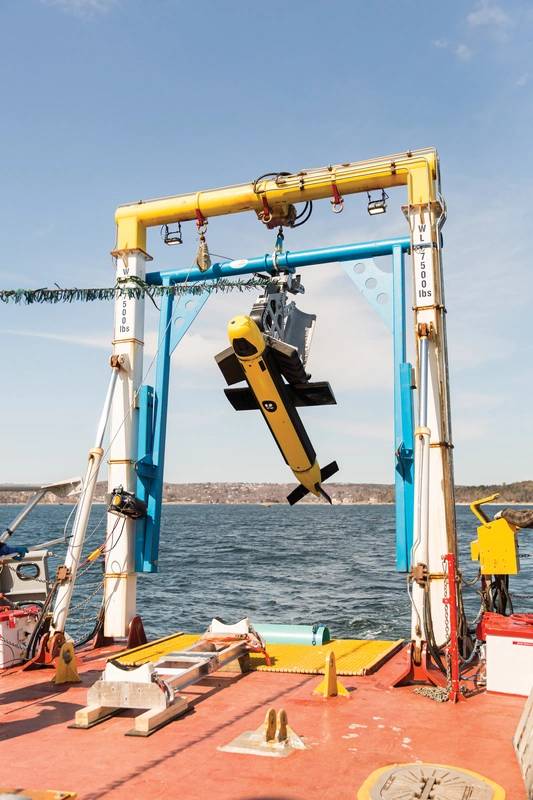

- #Ais marine tracker how to
- #Ais marine tracker update
- #Ais marine tracker manual
- #Ais marine tracker free
Note that this pad byte has a tricky interaction with the requirement for byte alignment in over-the-air AIS messages see the detailed discussion of message lengths and alignment in a later section. Equivalently, subtracting 5 from this tells how many least significant bits of the last 6-bit nibble in the data payload should be ignored.
#Ais marine tracker how to
We’ll describe how to decode this in later sections.įield 7 (0) is the number of fill bits requires to pad the data payload to a 6 bit boundary, ranging from 0 to 5. In the wild, channel codes 1 and 2 may also be encountered the standards do not prescribe an interpretation of these but it’s obvious enough.įield 6 (177KQJ5000G?tO`K>RA1wUbN0TKH in this example) is the data payload. AIS uses the high side of the duplex from two VHF radio channels: AIS Channel A is 161.975Mhz (87B) AIS Channel B is 162.025Mhz (88B). A sentence with a fragment count of 1 and a fragment number of 1 is complete in itself.įield 4 (empty in this example) is a sequential message ID for multi-sentence messages.įield 5 (B in this example) is a radio channel code. The payload size of each sentence is limited by NMEA 0183’s 82-character maximum, so it is sometimes required to split a payload over several fragment sentences.įield 3 (1 in this example) is the fragment number of this sentence. !AIVDM,1,1,B,177KQJ5000G?tO``K>RA1wUbN0TKH,0*5Cįield 1, !AIVDM, identifies this as an AIVDM packet.įield 2 (1 in this example) is the count of fragments in the currently accumulating message. Raymond hesitate to help the project on Gratipayįast explanation about what the fields mean:
#Ais marine tracker manual
Small extract of this great decoding manual from Eric S.
Class B transceivers transmit at a lower power and at a lower reporting rate than class A transceivers. Similar to class A transceivers in many ways, but are normally lower cost due to the less stringent performance requirements. Class A transceivers are mandatory on all vessels over 300 gross tonnes on international voyages and certain types of passenger vessels under SOLAS regulations. Class A transceivers transmit at a high RF signal power and therefore can be received by more distant vessels. These are designed to be fitted to large vessels such as cargo ships and large passenger vessels. The GPSD Project has documented the AIS protocol on this page So you can see here the station dashboard's Decode AIS Marine Traffic provides a public web page of each station. The device allows to connect throught HTTP for administration and to show this dashboard:
#Ais marine tracker update
It allows vessels equipped with AIS to automatically and dynamically share and regularly update their position, speed, course and other information such as vessel identity with similarly equipped vessels or shore installations.

The marine Automatic Identification System (AIS) is a location and vessel information reporting system.
#Ais marine tracker free
This year I have known that the Greek company Marine Traffic offers a free appliance for receive AIS if you are living in an strategic place and send the data to them. First I experimented with DVB-T-DAB-FM receiver USB stick. I have always wanted to have a receiving station. AIS was sadly known during the crisis of ship kidnapping in Somalia. Marine traffic monitoring system based on AIS for Marine Traffic.įor those who are not marine.


 0 kommentar(er)
0 kommentar(er)
